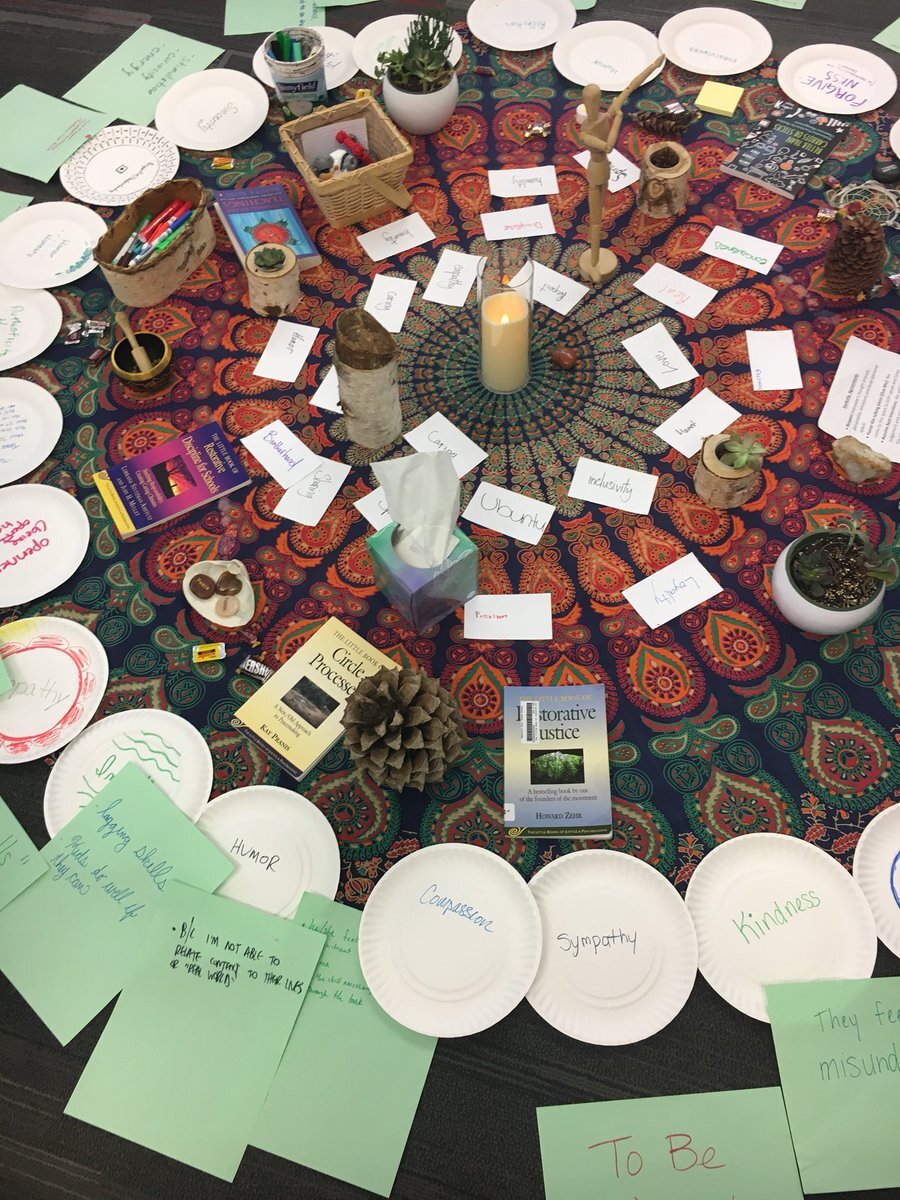What is Restorative Justice
Restorative Justice
Restorative justice is a way of being in the world that puts strong relationships at the center, acknowledges our profound interconnectedness, and offers us a way to both prevent and respond to conflict and harm. It is usually understood as an alternative to the traditional criminal legal system which focuses on blame and punishment where restorative justice focuses on accountability, healing, and repair. Restorative justice is rooted in the wisdom and practices of Indigenous peoples across the world.
Restorative Practices
Restorative practices are the specific processes and tools that derive from a restorative justice philosophy. They include practices that prevent harm and conflict by building stronger community and restore relationships when harm has occurred. Some popular restorative practices are circles, small- and large-group conferences, and restorative communication.
Conflict Resolution
Conflict resolution is a field of study and associated practices that equip individuals and groups with the skills to understand and resolve conflict. It recognizes conflict as a part of everyday life with the potential to be destructive but also constructive when managed intentionally and strategically. Conflict resolution includes a rich diversity of frameworks and practical tools including nonviolent communication, mediation, de-escalation techniques, consensus decision-making, dialogue and many more.


